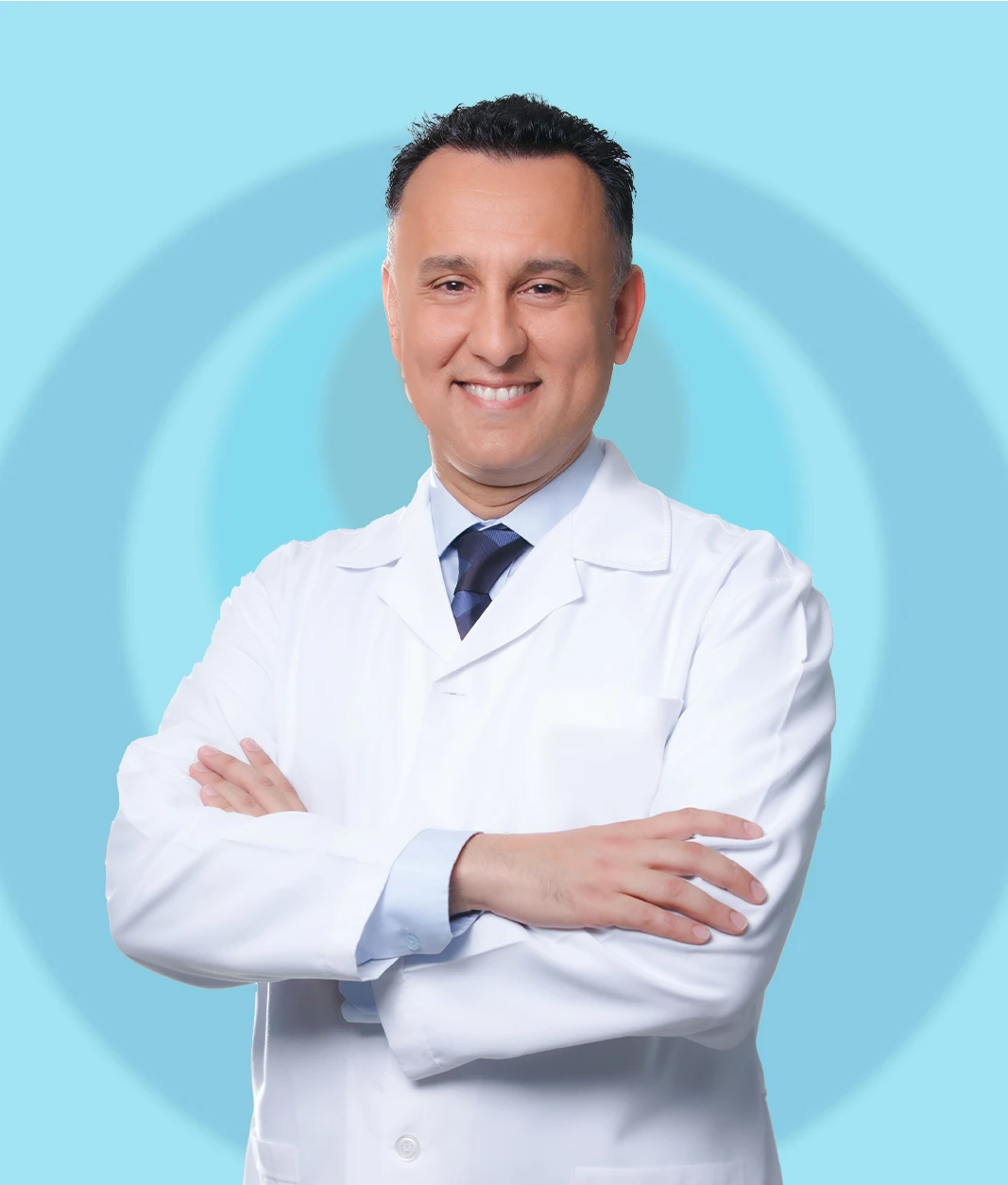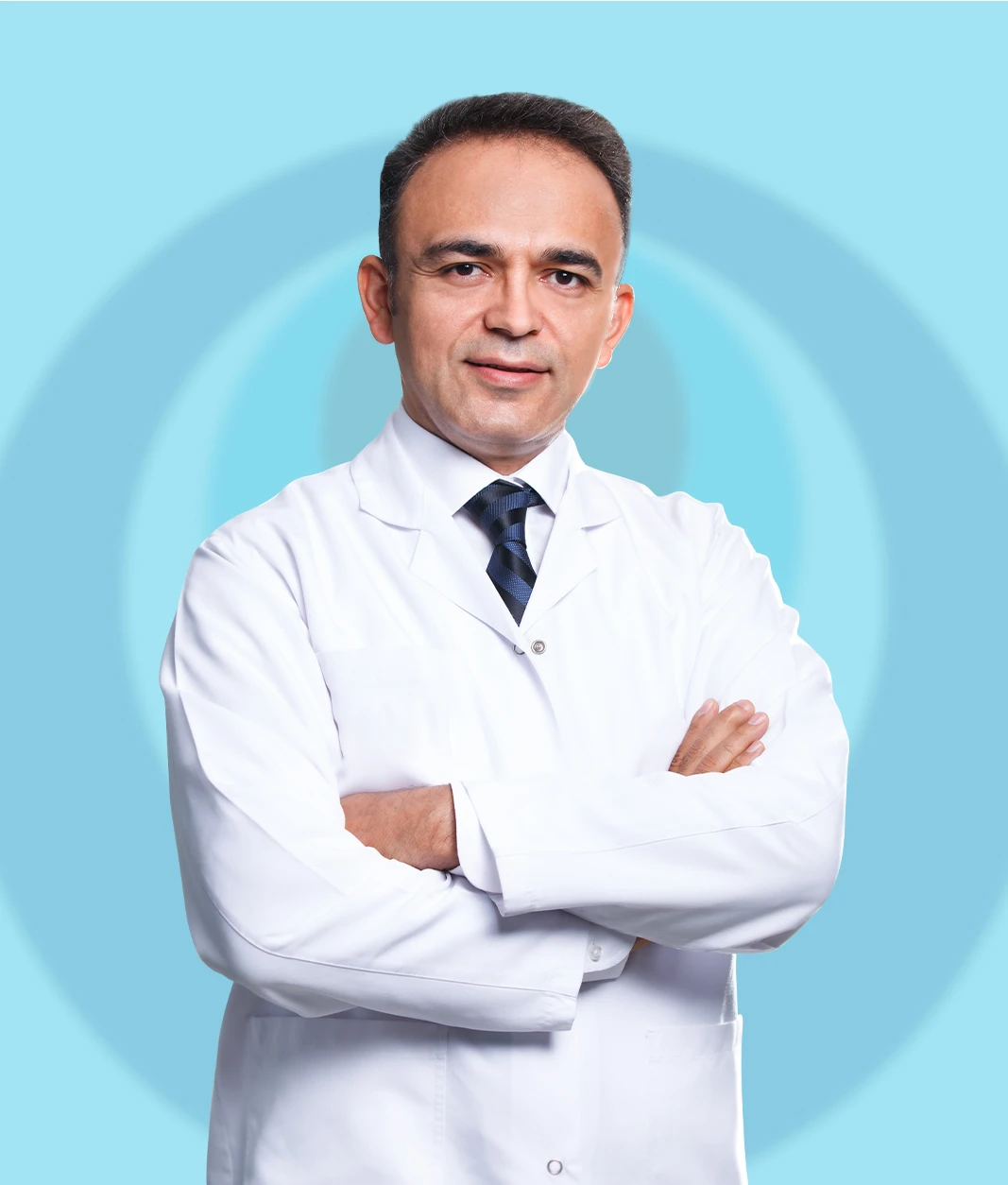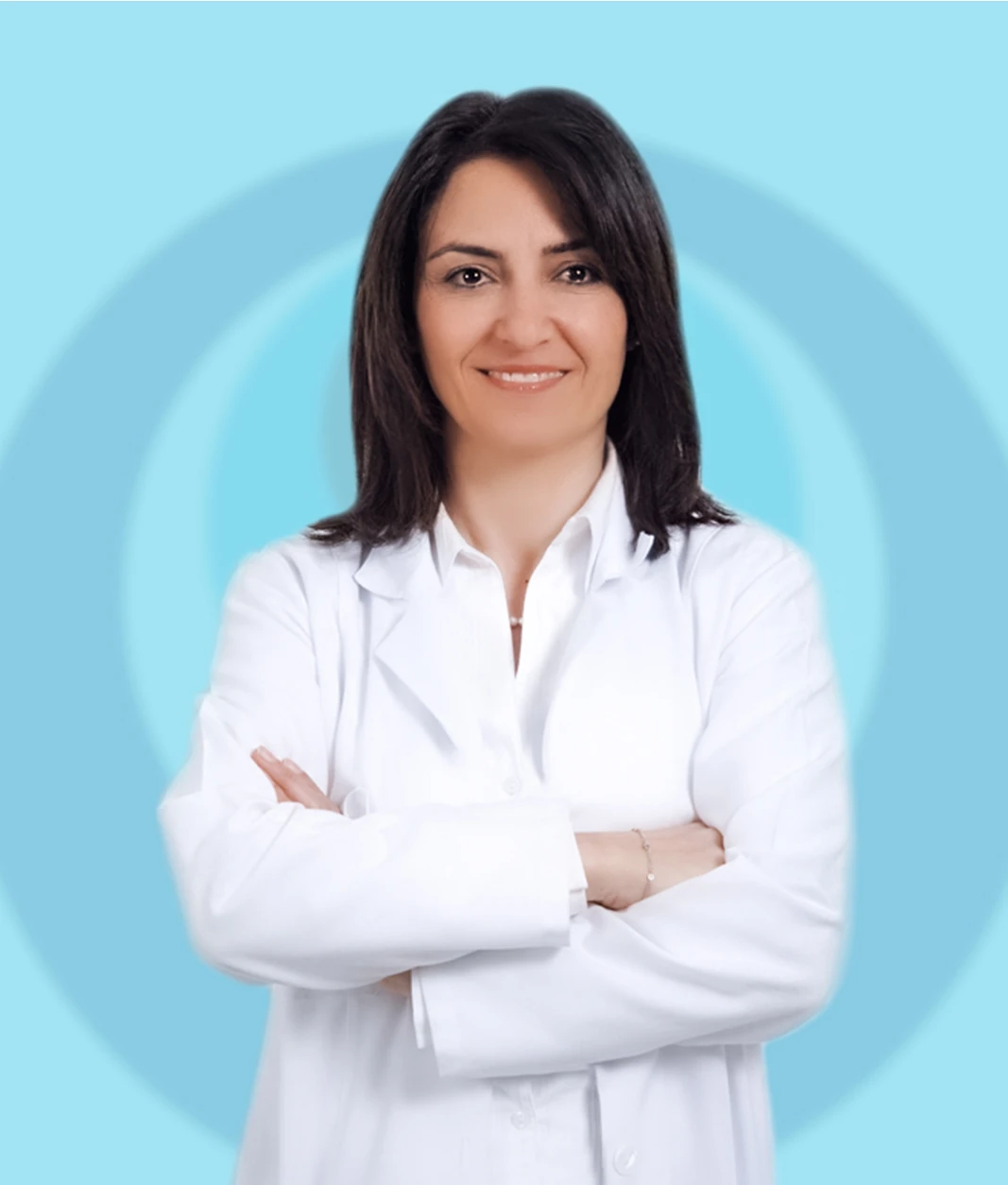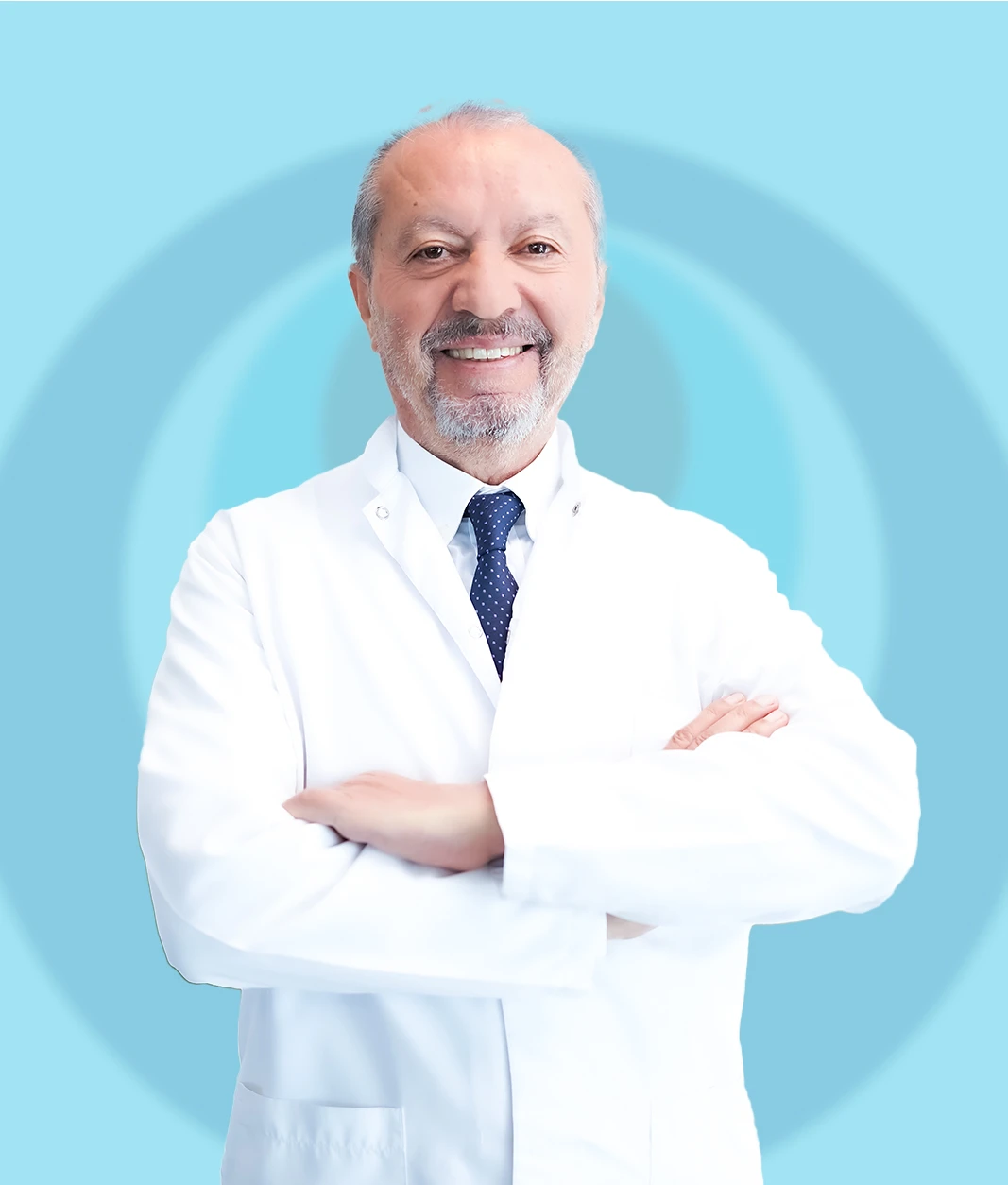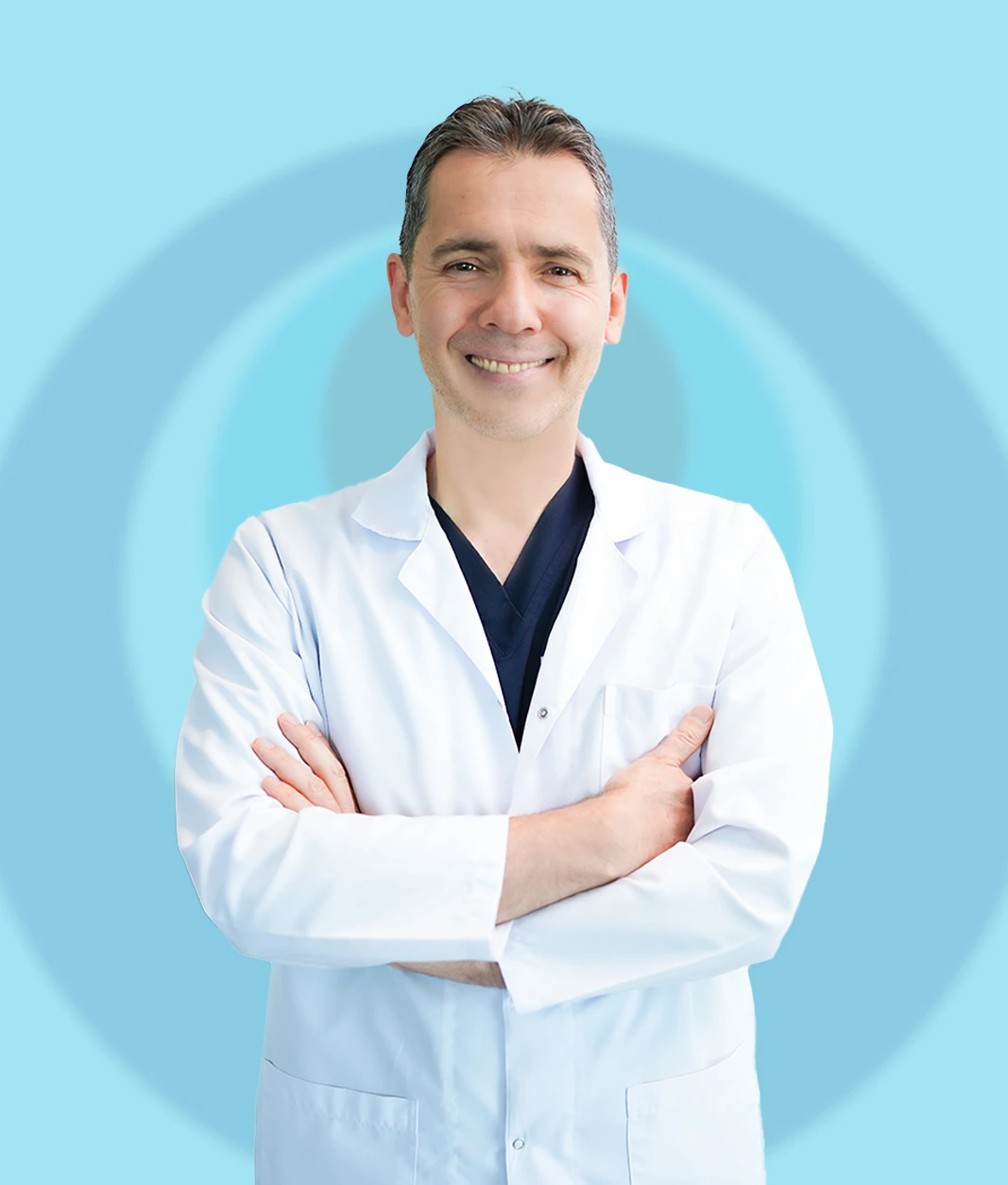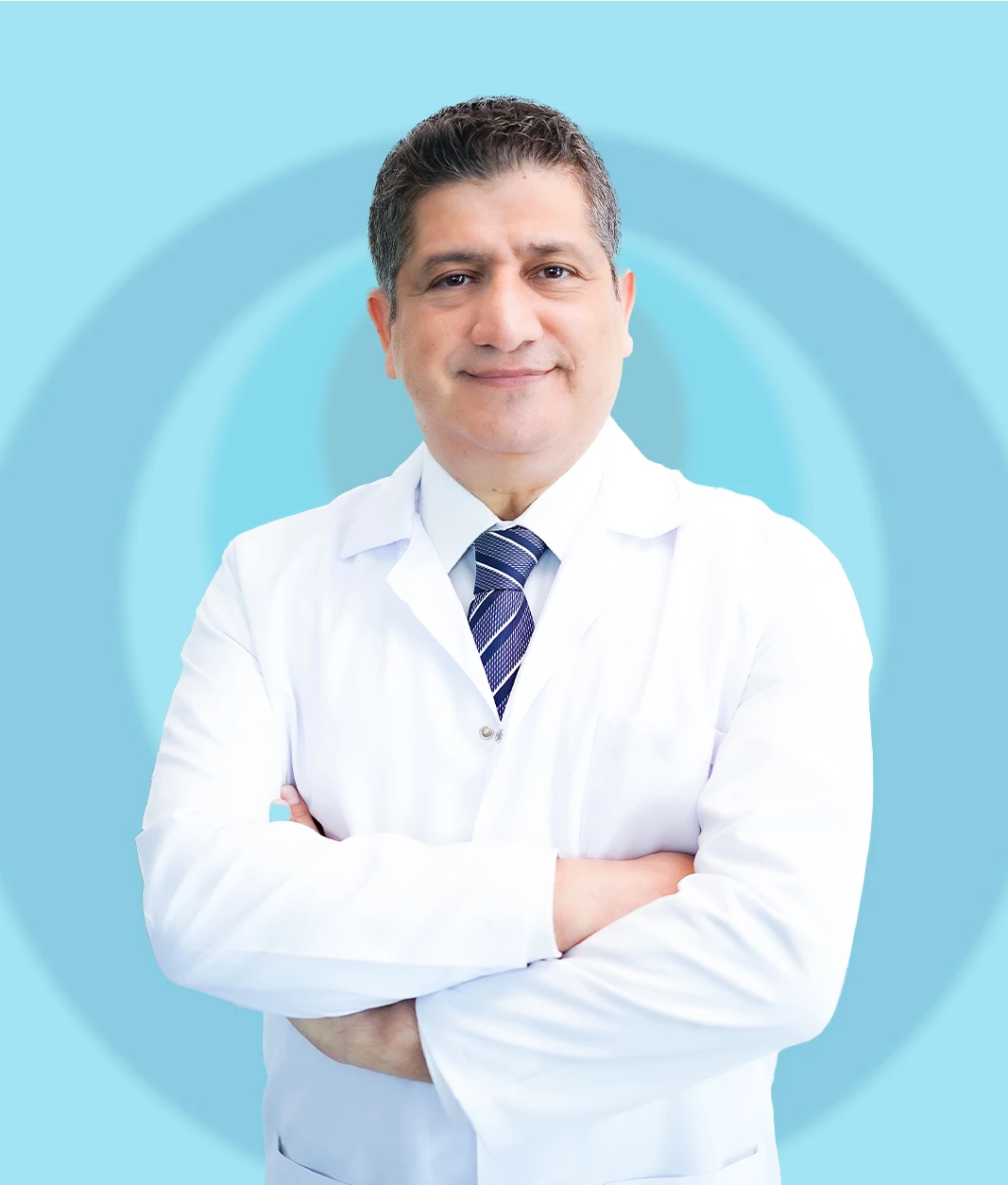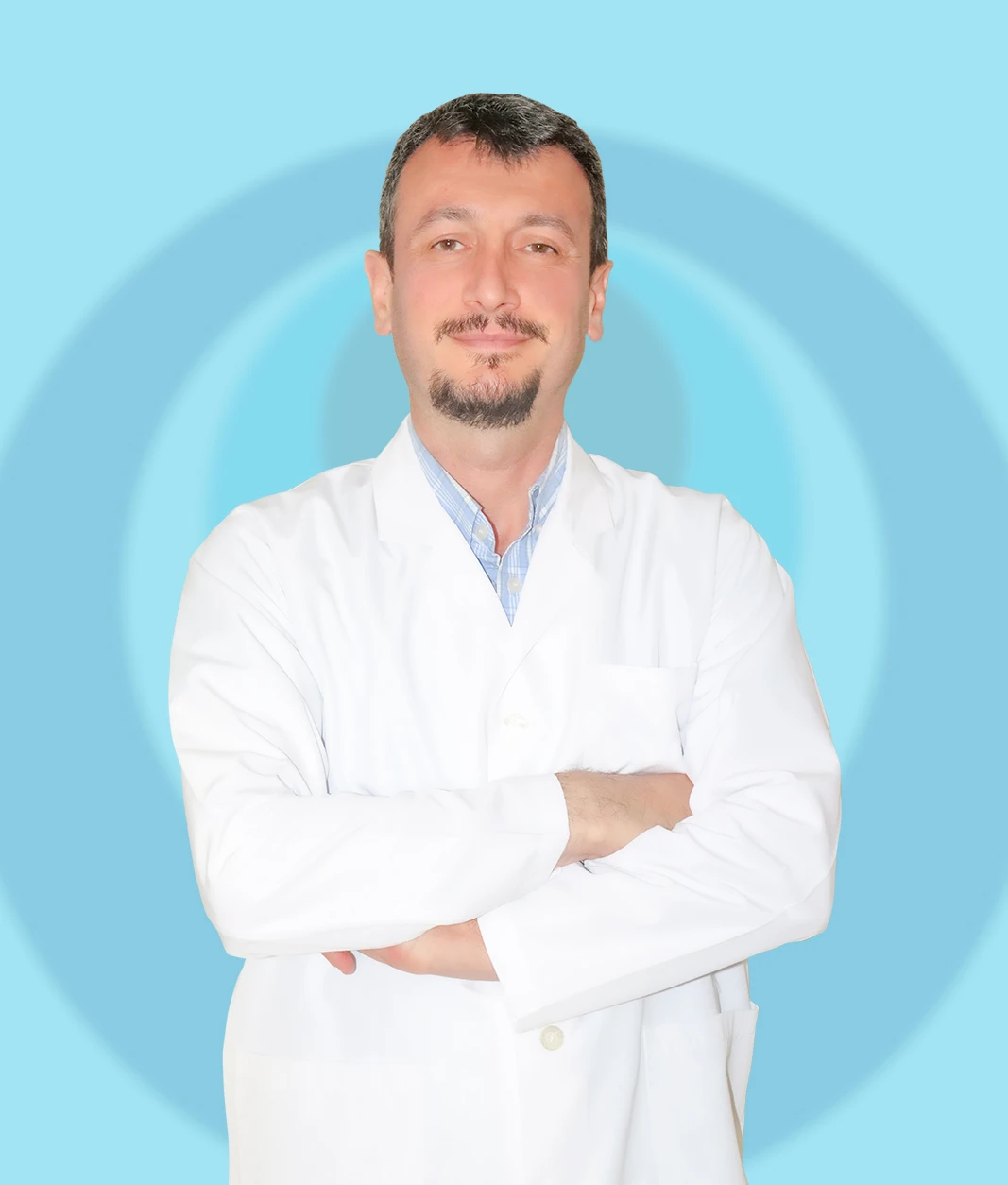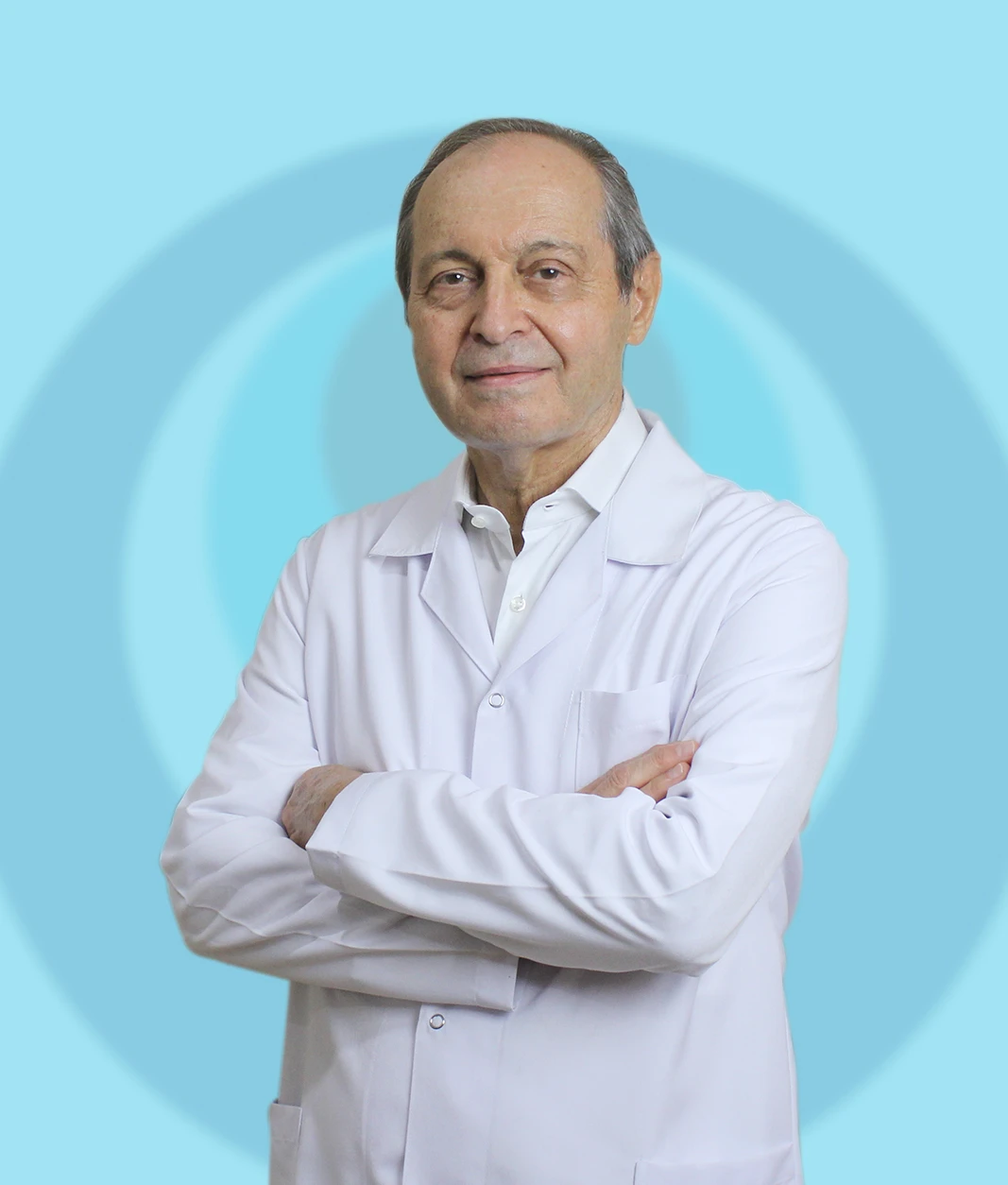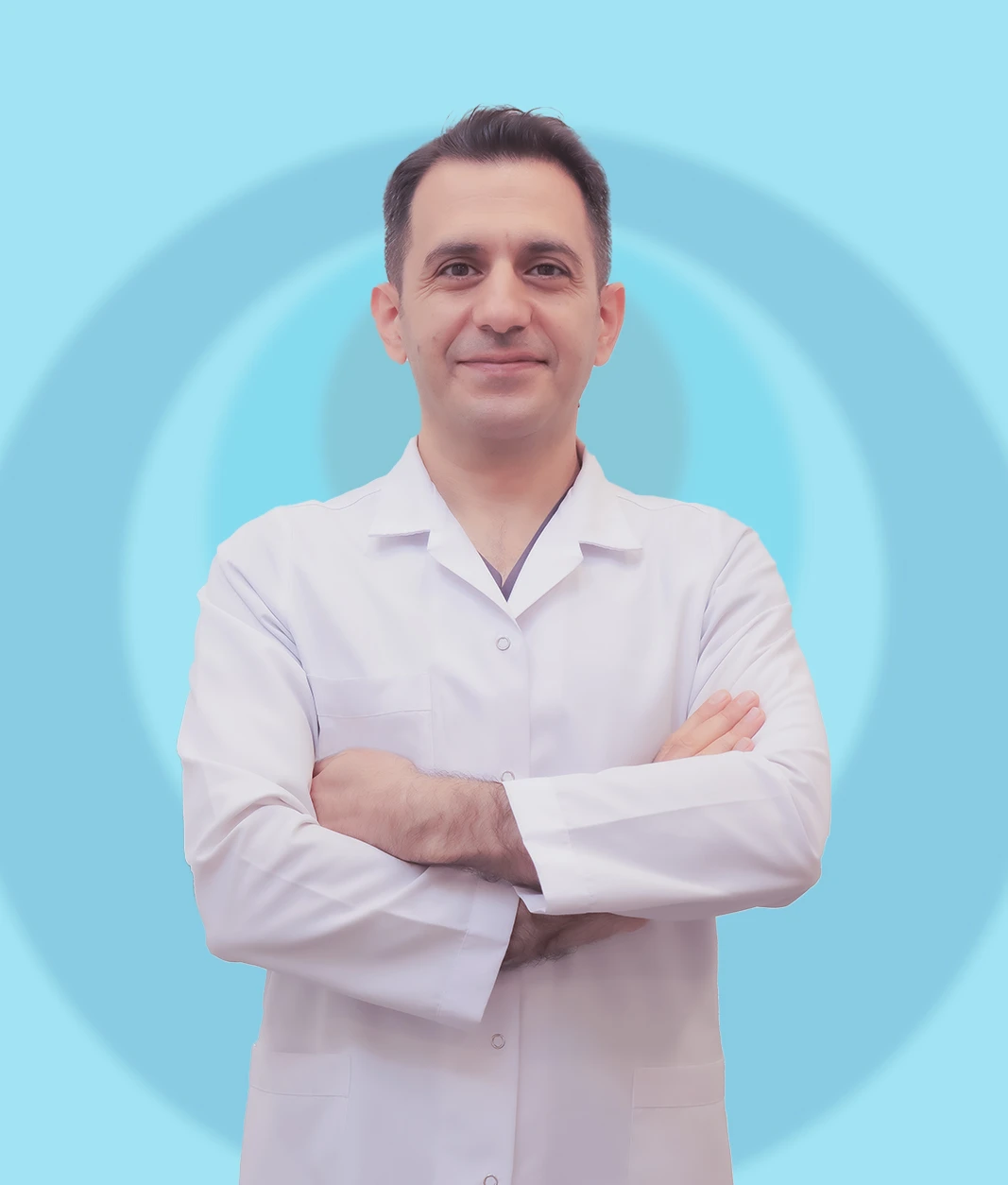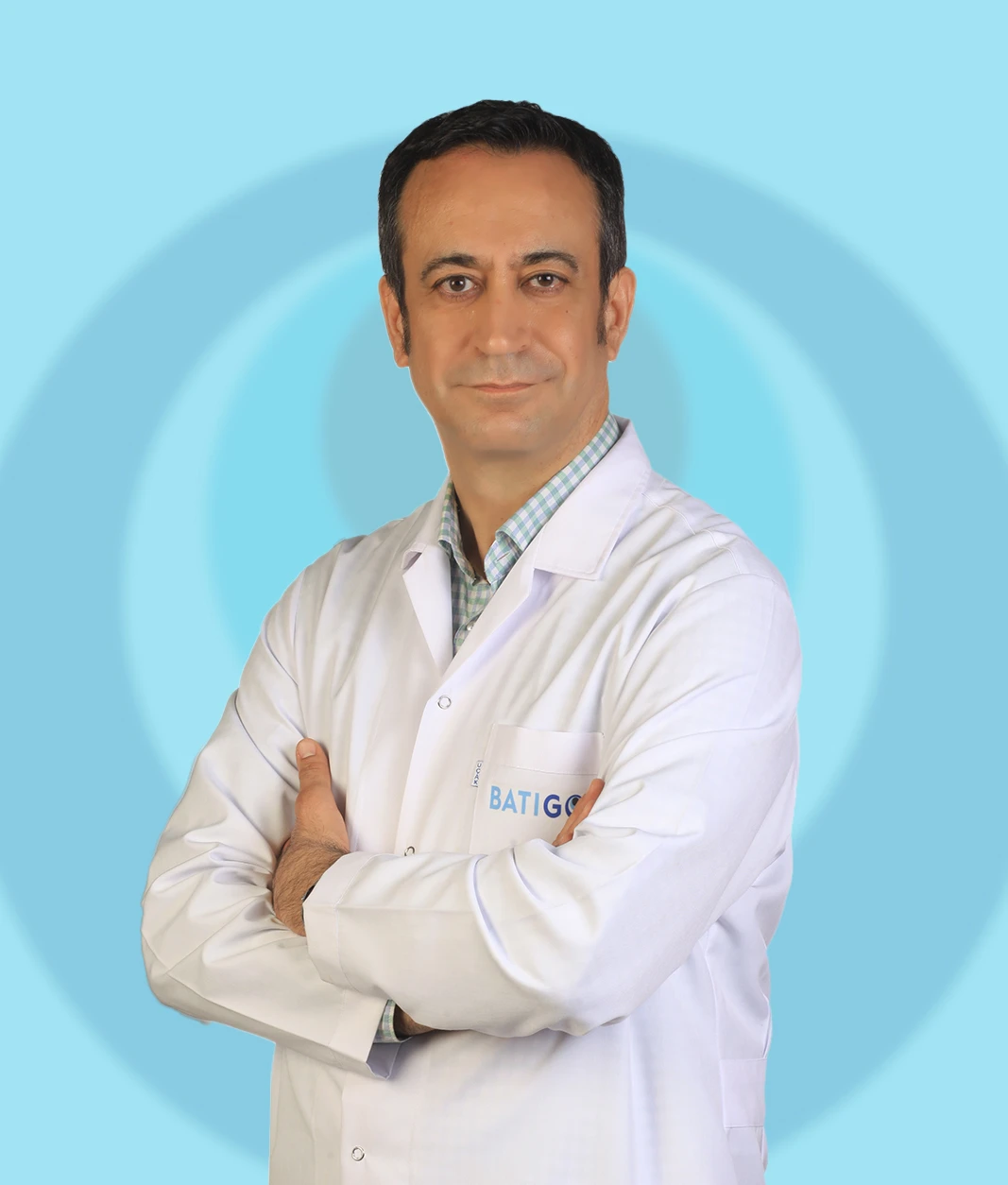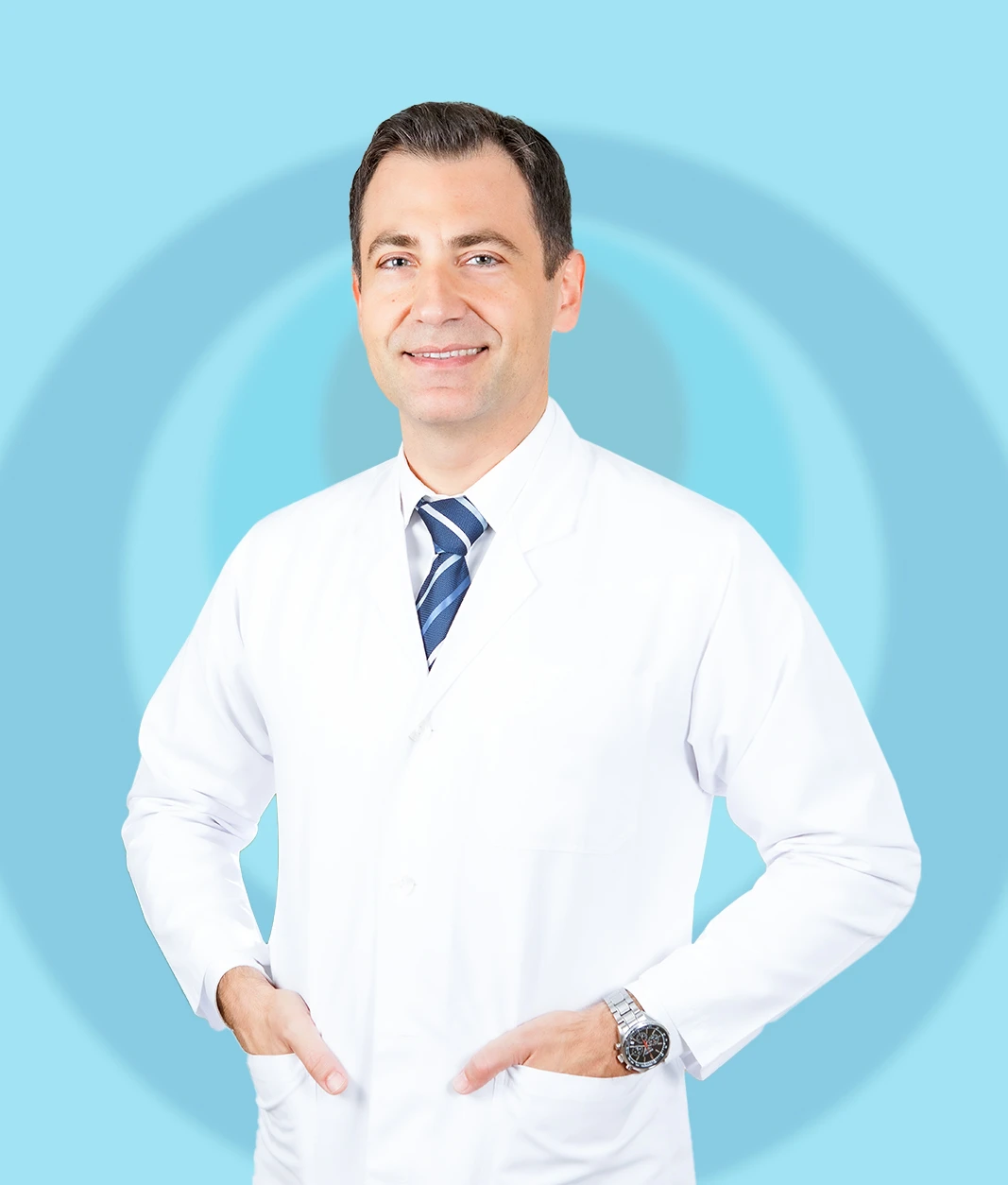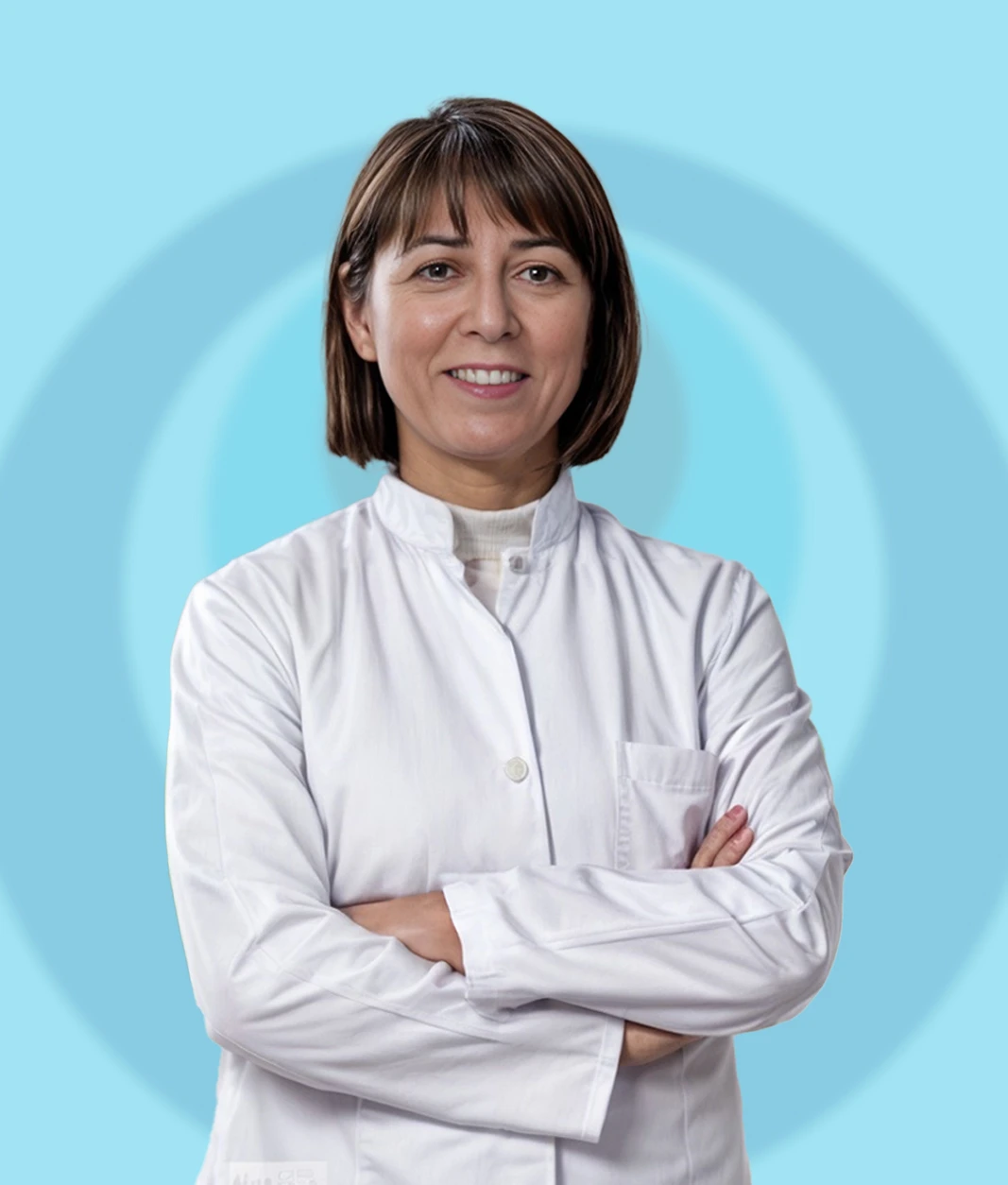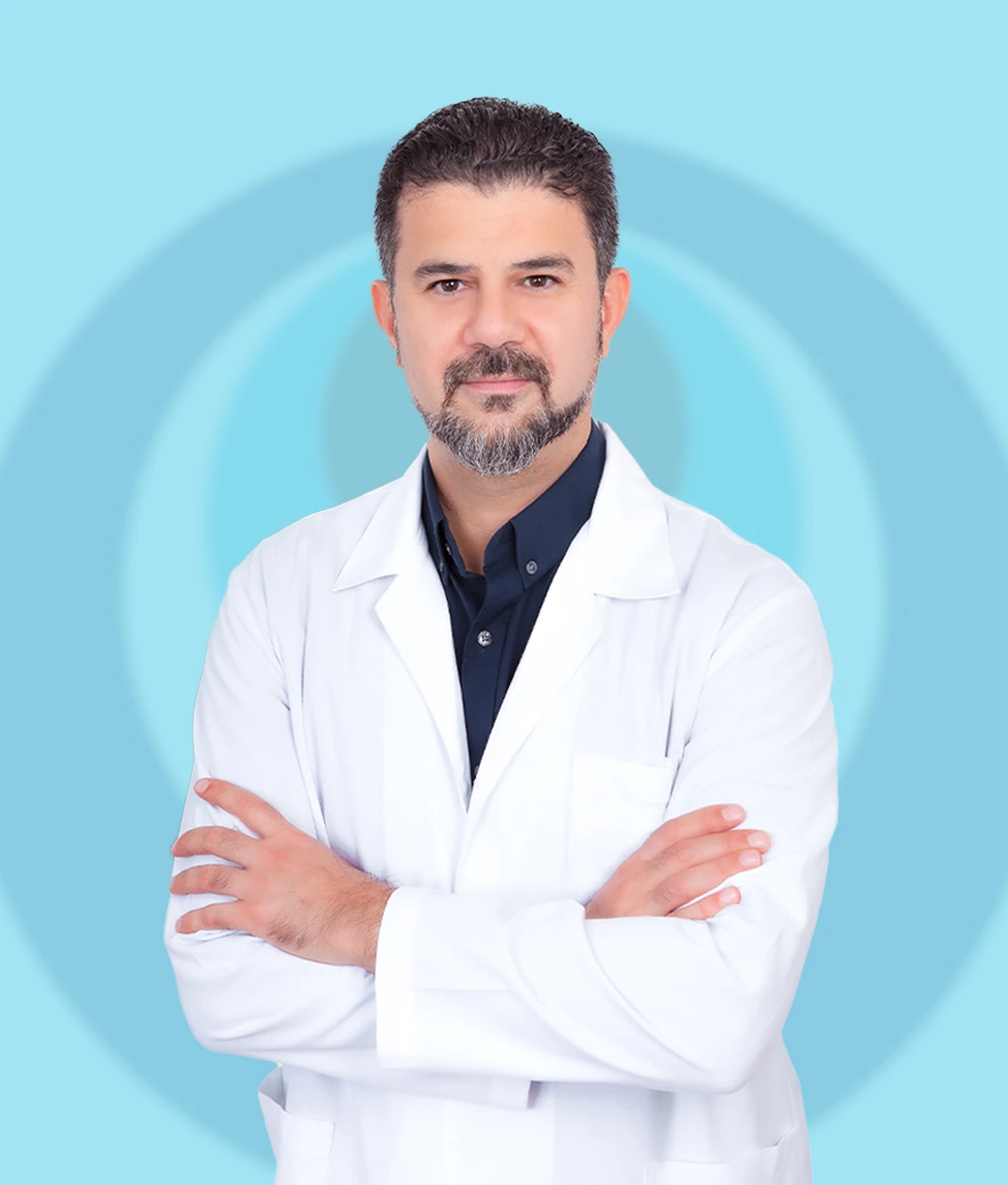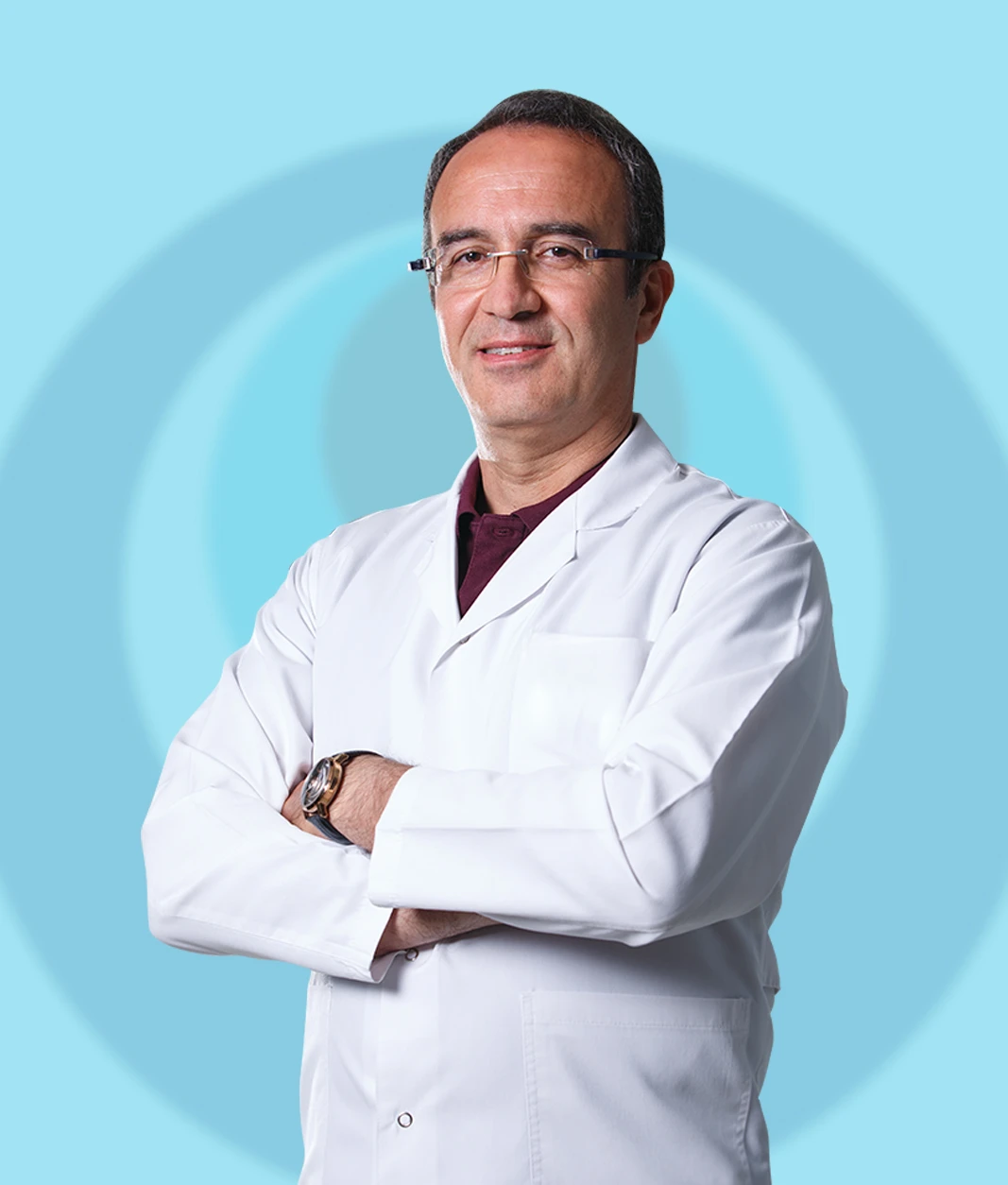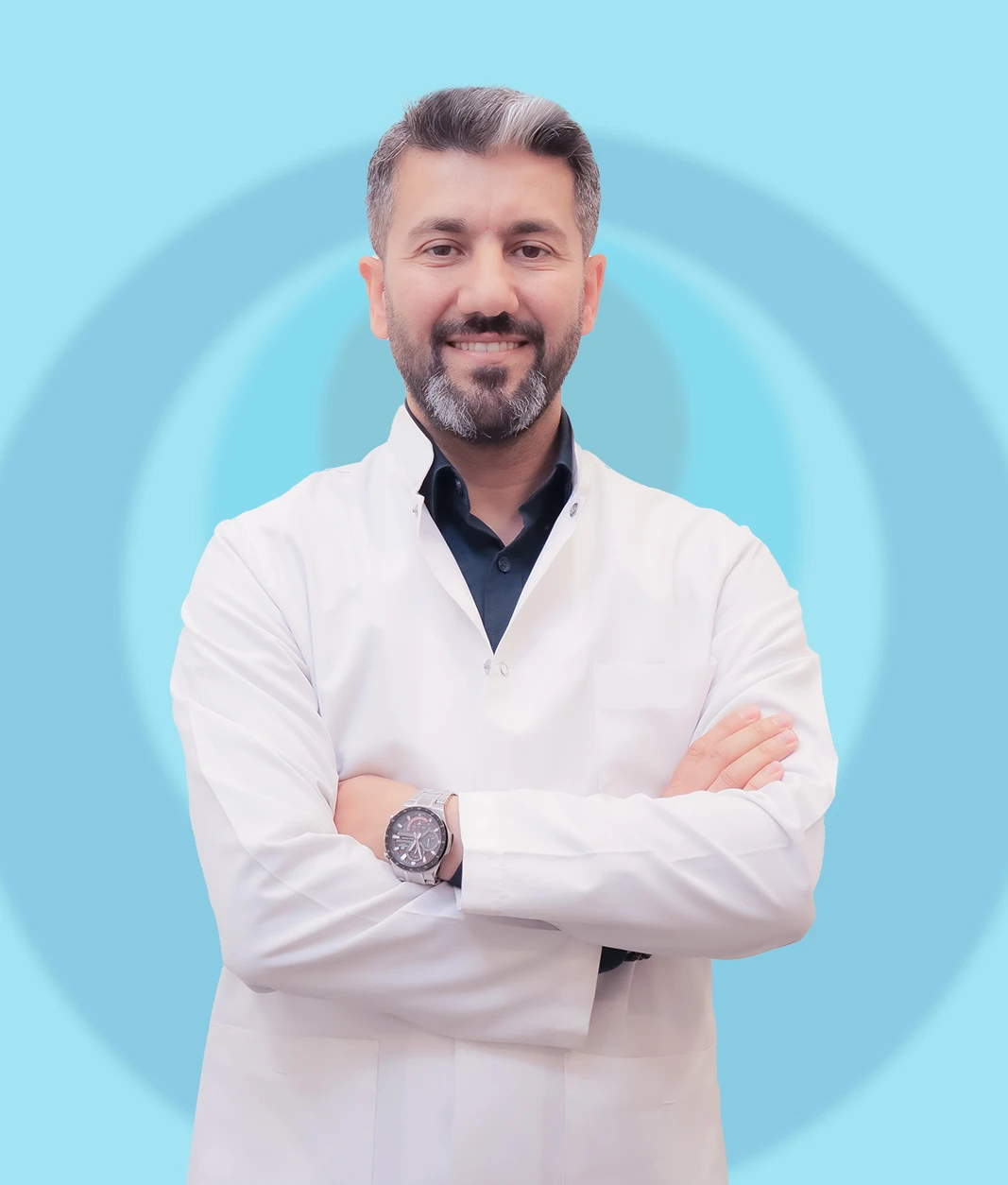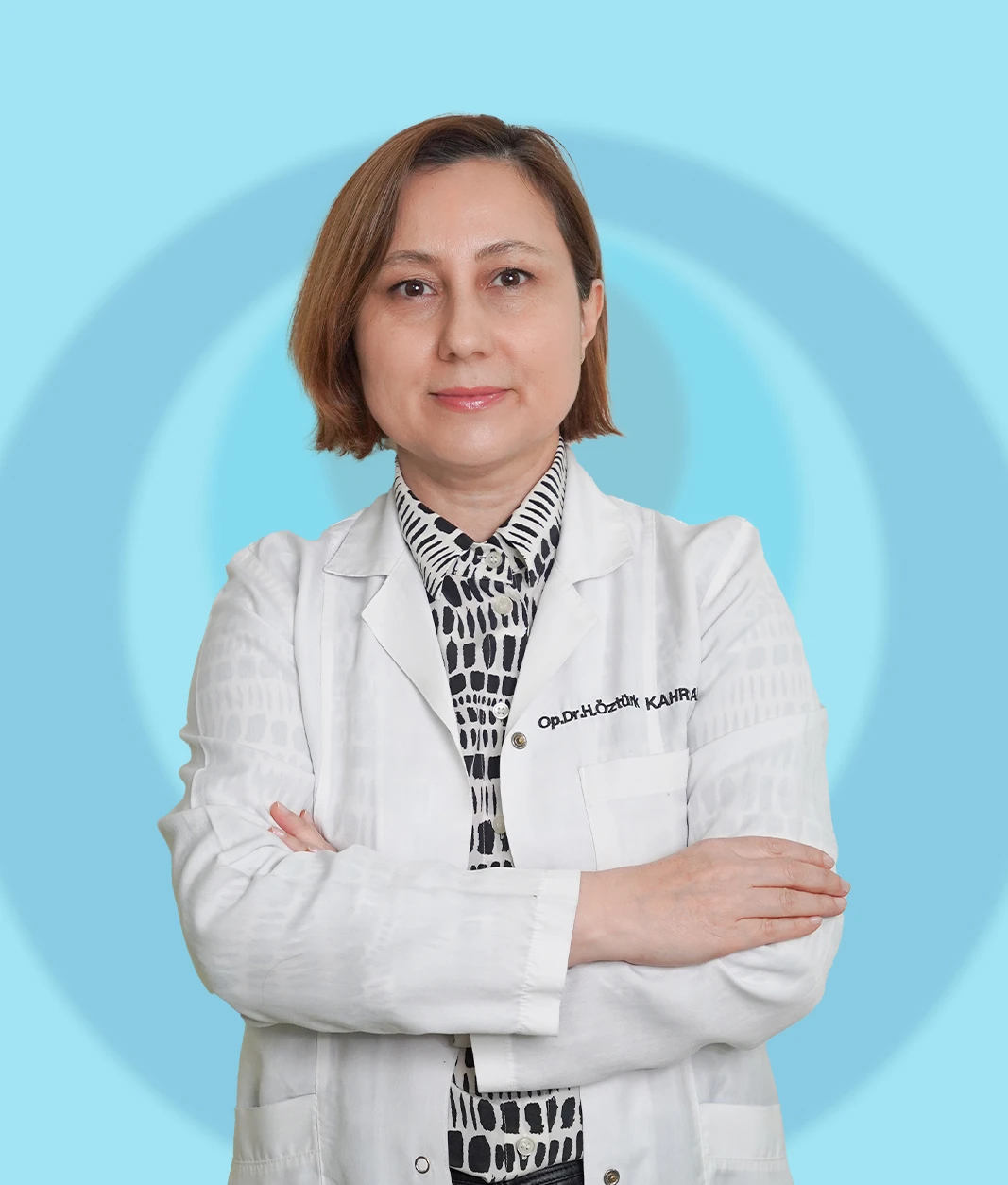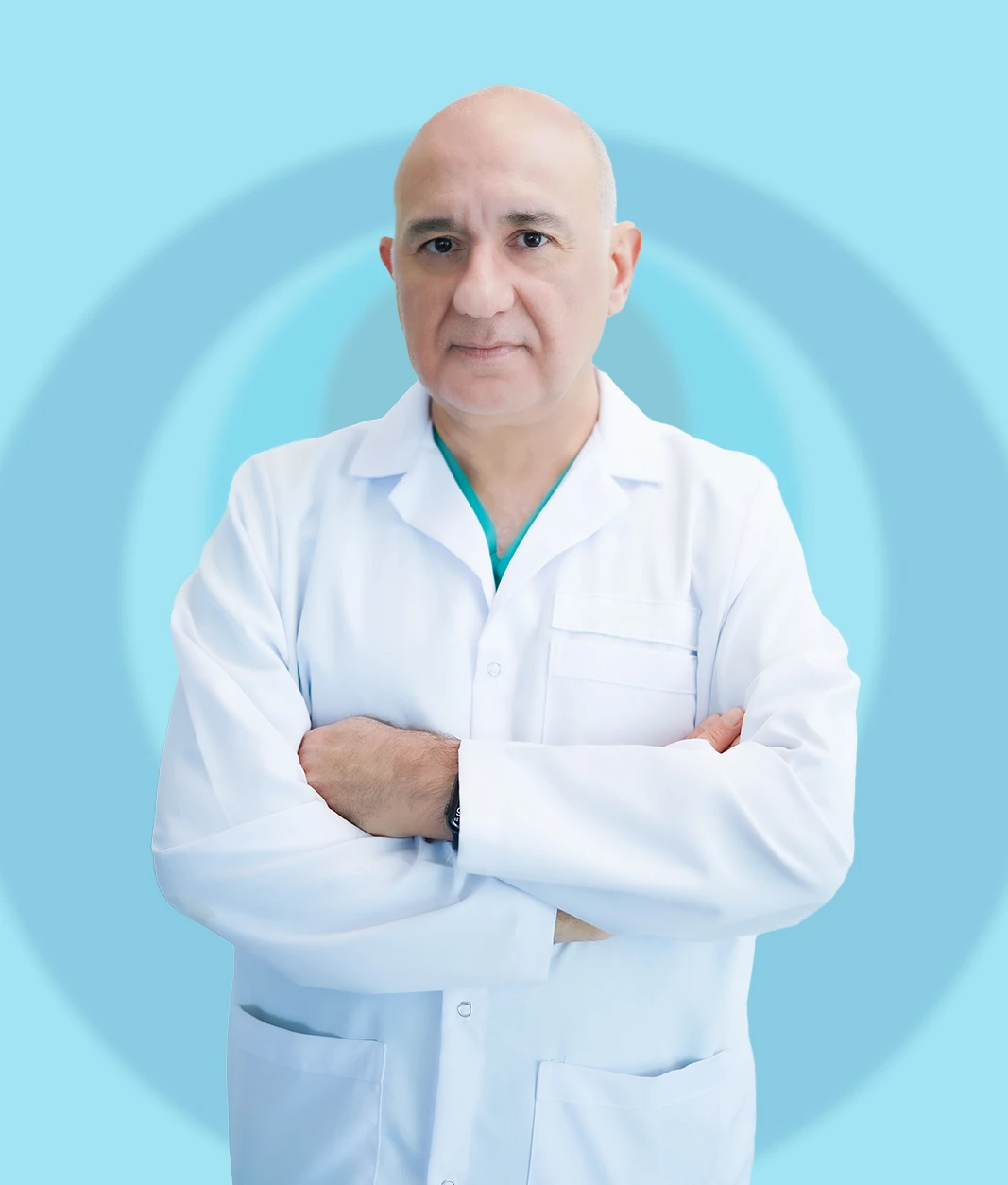Select Language
EYE HEALTH AND DISEASES
- Homepage
- EYE HEALTH AND DISEASES
Eye Health and Diseases is a medical specialty that encompasses the anatomical and physiological structure of the eye, diseases affecting the visual system, and the diagnosis, treatment, and follow-up processes of these diseases. Also known as ophthalmology, this branch includes both preventive healthcare services and surgical interventions. Early diagnosis of eye diseases can increase the individual's quality of life and may prevent permanent vision loss in some cases.
Eye health specialists provide healthcare services across a wide range of conditions, from congenital eye disorders to age-related vision problems, and from infections to traumas. Examinations and investigations conducted in this field play a critical role in the early diagnosis of not only eye diseases but also systemic conditions such as diabetes, hypertension, and thyroid disorders.
What Are Eye Diseases?
The Eye Health and Diseases specialty deals with the diagnosis and treatment of a wide variety of conditions. The most commonly encountered diseases that affect eye health include:
Cataract
Cataract, which usually occurs as a result of the loss of transparency of the eye lens due to aging, leads to blurred vision. A surgical intervention is performed to remove the eye lens and an artificial lens is inserted.
Glaucoma (Eye Pressure)
Glaucoma, which causes damage to the optic nerves due to increased intraocular pressure, can lead to permanent vision loss if not diagnosed early.
Macular Degeneration
Also known as age-related macular degeneration, this condition primarily causes central vision loss in older adults. The progression can be slowed down with medication treatments and some laser applications.
Diabetic Retinopathy
This condition, caused by diabetes damaging the eye's blood vessels, leads to hemorrhage and fluid leakage in the retina. Regular follow-up is necessary through fundus examinations.
Dry Eye
Environmental factors, screen use, certain medications, or systemic diseases can reduce tear production. Dry eye manifests with symptoms such as burning, stinging, and redness.
Diagnosis and Treatment Methods
Thanks to advancing technology, the diagnosis of eye diseases can now be made much faster and more accurately. Since the eye structure consists of a highly sensitive and complex system, even the smallest change can negatively affect the quality of vision. Therefore, early diagnosis of any eye disease enhances the success of the treatment process and prevents permanent vision loss.
The methods used in the diagnostic process enable detailed evaluation of both the external and internal structures of the eye. The main diagnostic methods include:
- Fundus Examination: This provides a detailed examination of the retina, optic nerve, and ocular blood vessels. This method is especially used for the early detection of conditions such as diabetic retinopathy, glaucoma, age-related macular degeneration, and vascular occlusions.
- Visual Field Test (Perimetry): This test measures how well the eye can see in areas outside the center and is important for detecting disorders that cause nerve-related vision loss, especially glaucoma.
- Optical Coherence Tomography (OCT): This allows for the microscopic imaging of the retina and optic nerve. It provides information about the detailed structure of the tissues and is used in the follow-up of age-related eye diseases.
- Corneal Topography: This evaluates the shape and curvature of the surface of the transparent layer known as the cornea. It is particularly used for diagnosing corneal diseases such as keratoconus and for risk assessment prior to laser surgeries.
- Biomicroscopy (Slit-Lamp Examination): This method allows for the detailed examination of the eye's anterior and posterior segments, evaluating structures such as the cornea, iris, lens, retina, and intraocular fluids.
These diagnostic methods facilitate the early detection of eye diseases, allowing for accurate treatment planning. After diagnosis, a treatment protocol is developed according to the type, extent, and general health condition of the disease. Treatment methods for eye diseases are generally categorized under the following headings:
- Medication Treatment: Typically, antibiotics, antihistamines, or corticosteroid-containing drops and systemic medications are used for eye infections, allergic reactions, dry eye, and inflammatory diseases.
- Eye Drop Applications: Eye drops that are effective in managing chronic diseases such as glaucoma should be used regularly and under physician supervision.
- Laser Treatments: This treatment method, which uses laser light, is preferred for conditions such as retinal tears, diabetic retinopathy, and glaucoma. Laser applications provide quick and effective results, often involving little or no pain.
- Surgical Interventions: Many eye diseases may require surgical treatment such as cataract surgery, retinal surgeries, strabismus correction operations, and glaucoma surgery. With the advancement of microsurgical techniques, these operations can be performed more safely and successfully.
- Personalized Treatment Planning: Each individual's eye structure, lifestyle, and health history vary. Therefore, creating a personalized treatment plan after diagnosis is a critical factor that enhances treatment success. With customized treatment plans, the progression of disease can be slowed down, or even completely halted.
The diagnosis and treatment process of eye diseases is quite comprehensive and requires careful attention. Any discomfort in the eye should be addressed without neglect by consulting a specialist, and regular check-ups should not be missed. Many eye diseases can progress without symptoms in the early stages and cause permanent damage when noticed. Therefore, early diagnosis and proper treatment approaches are the two most important elements in maintaining eye health.
Eye Health and Specialist Support
In the case of any eye-related discomfort, consulting a specialist in Eye Health and Diseases is crucial for the effectiveness of the diagnosis and treatment process. Eye diseases often progress stealthily, and a patient may develop vision loss without being aware of it. Therefore, early diagnosis and timely intervention can help preserve visual health.
Corporate
- About Us
- Message from the Chairman of the Board
- Mission Vision Values
- Human Resources Management
- Environmental Policy
- Integrated Management System Policy
- Scope
- Quality Policy
- Information Management System (IMS) Policy
- Protection of Personal Data
- Quality Management Unit Organizational Chart
- Patient Companion Rules
- Information Society Services
USEFUL LINKS
© 2025 Batıgöz Sağlık Grubu. All rights reserved.
Last Update : 02.11.2025









